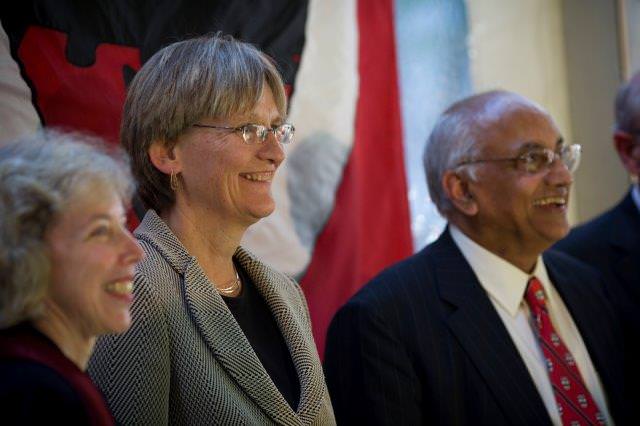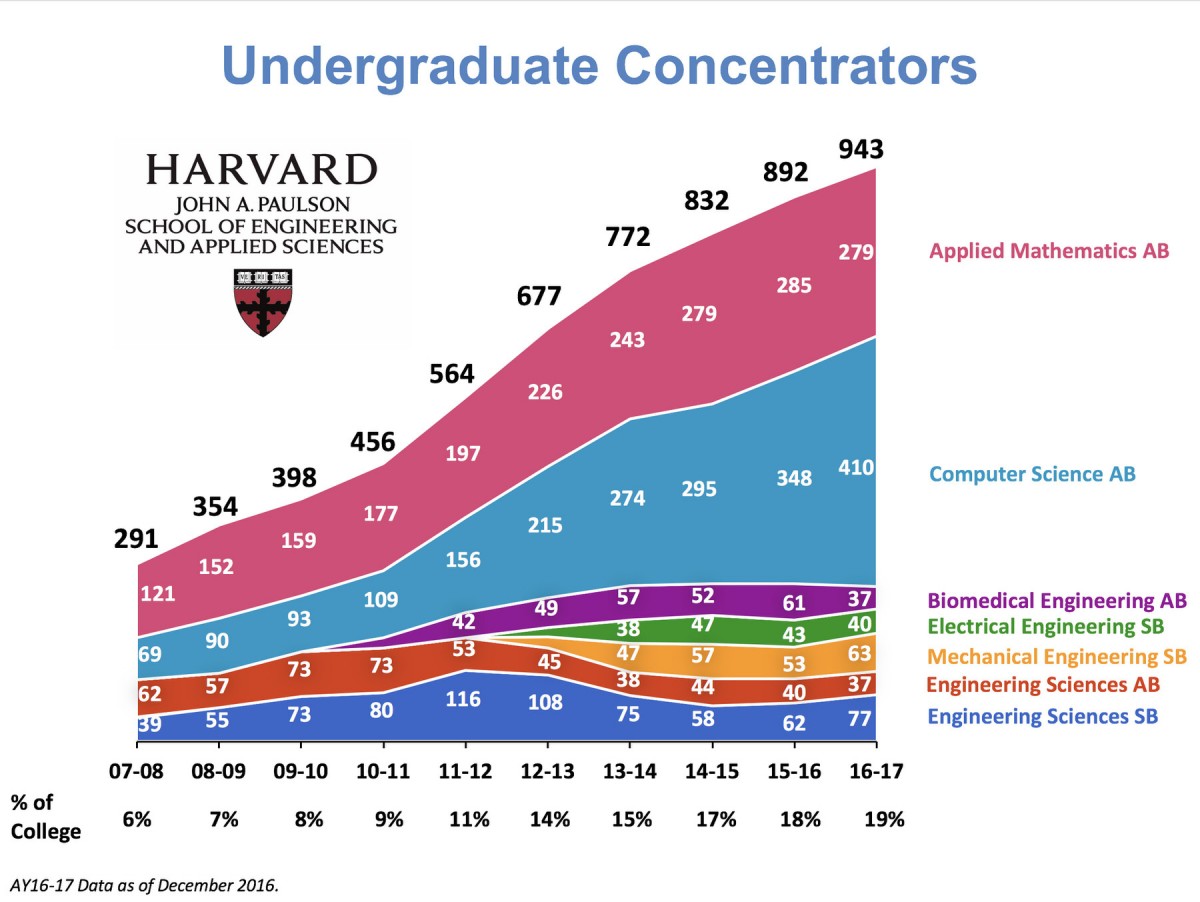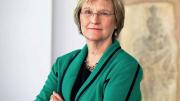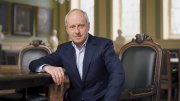When I think about all that has changed since I became Harvard’s 28th president in 2007, I am struck by the remarkable role that engineering and technology have come to play in our daily lives. In 2007, Amazon released its first Kindle; GoogleMaps introduced Street View, and Netflix started streaming content online. Apple unveiled its newest gadget—the iPhone—and ushered in an age of extraordinary communication and unprecedented information. Highly visible and widely adopted, these innovations offer just a glimpse into a world of knowledge that continues to alter our everyday experiences, shape our understanding of each other and the world, and accelerate the pace of change on a global scale.
Nowhere is the rise of engineering and the applied sciences more evident to me than in the Harvard John A. Paulson School of Engineering and Applied Sciences (SEAS). Formally launched as a school just ten years ago this September, SEAS has experienced explosive growth, especially among our undergraduates. Since 2007, the number of concentrators in applied mathematics, computer science, engineering sciences, and biomedical, electrical, and mechanical engineering has tripled—from nearly three hundred to nearly one thousand undergraduates, approximately one third of them women. Enrollments also have soared among non-concentrators who want to improve their computational and technical literacy through courses that encourage hands-on exploration and teamwork—all part of a curriculum that enriches liberal arts education as it acknowledges the profound ways in which engineering and the applied sciences shape the human experience. At the same time, new master’s degree programs in computational science and engineering have expanded graduate offerings, and the most recent additions have combined the expertise of SEAS and other schools—from data science with the Department of Statistics to design engineering with the Harvard Graduate School of Design to a joint master of science in engineering sciences and master of business administration with Harvard Business School.

From left to right: Susan Graham, Pehong Chen Distinguished Professor at Berkeley and Fellow of the Harvard Corporation; Drew Faust, President; Venkatesh “Venky” Narayanamurti, Benjamin Peirce Research Professor of Technology and Public Policy and Founding Dean of the John A. Paulson School of Engineering and Applied Sciences.
Photograph by Justin Ide/HPAC
Undergraduate, graduate, and professional students learn in an environment that is intentionally unbound. SEAS does not have traditional departments, and a third of its faculty hold joint appointments in other schools and departments. These organizational structures encourage openness and enable success in ambitious and collaborative areas of inquiry such as bioengineering, nanotechnology, and robotics, as well as through broad research themes that address pressing challenges. The “internet of things” holds the promise of devices, products, and platforms that efficiently gather and transmit data for a host of useful applications, and advances in quantum science may influence everything from autonomous vehicles to health monitors to weather predictions. Research on energy and the environment undertaken with the Faculty of Arts and Sciences, Harvard Chan School, Harvard Graduate School of Design, Harvard Kennedy School, Harvard Law School, and Harvard Medical School touches on nearly every aspect of climate change. Meanwhile, medical technologies pursued in conjunction with Harvard Medical School and affiliated hospitals may change how we age and how we treat—or even cure—chronic conditions.

The years to come will bring even more opportunities for collaboration and growth as the majority of SEAS moves from spaces spread across Cambridge to a new Science and Engineering Complex (SEC) in Allston. The new facility—directly across the street from the Harvard Business School and a cluster of innovation labs devoted to encouraging entrepreneurship and accelerating start-up businesses among members of the University community—will become the center of a highly concentrated and closely integrated innovation hub. SEAS will do the important work of bringing the SEC to life and of infusing our expanding campus with a culture of creativity and a willingness to work together in new and exciting ways.
At the launch of SEAS in 2007, I expressed a wish that it would become an engine of ingenuity, and it has been a great joy to see that wish fulfilled. Now, ten years later, the Harvard John A. Paulson School of Engineering and Applied Sciences is shaping the future of the University—and the world.









